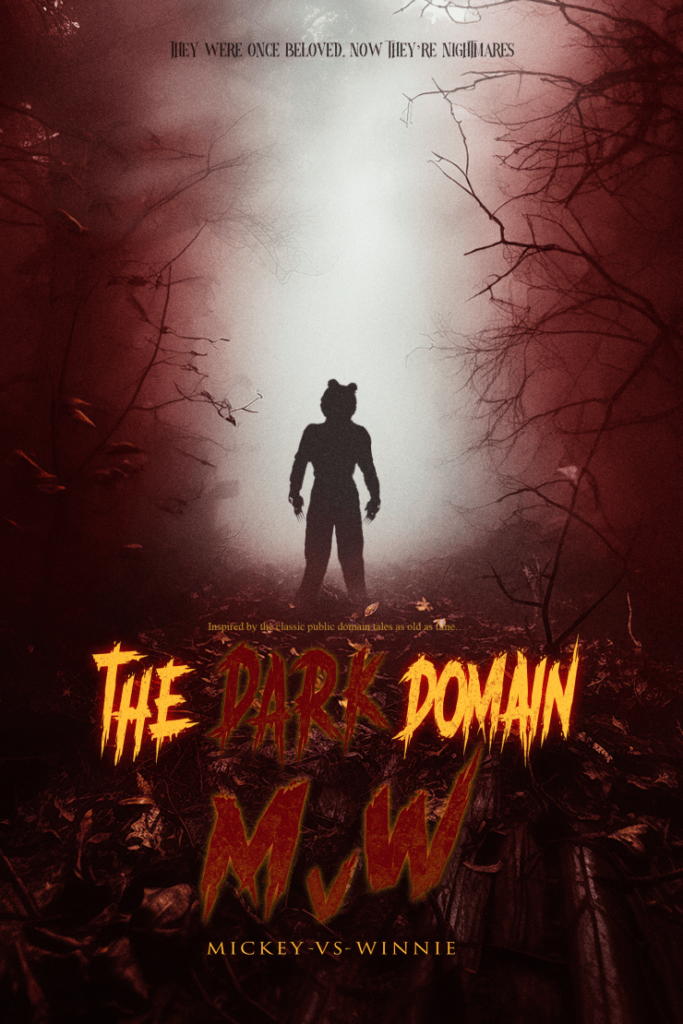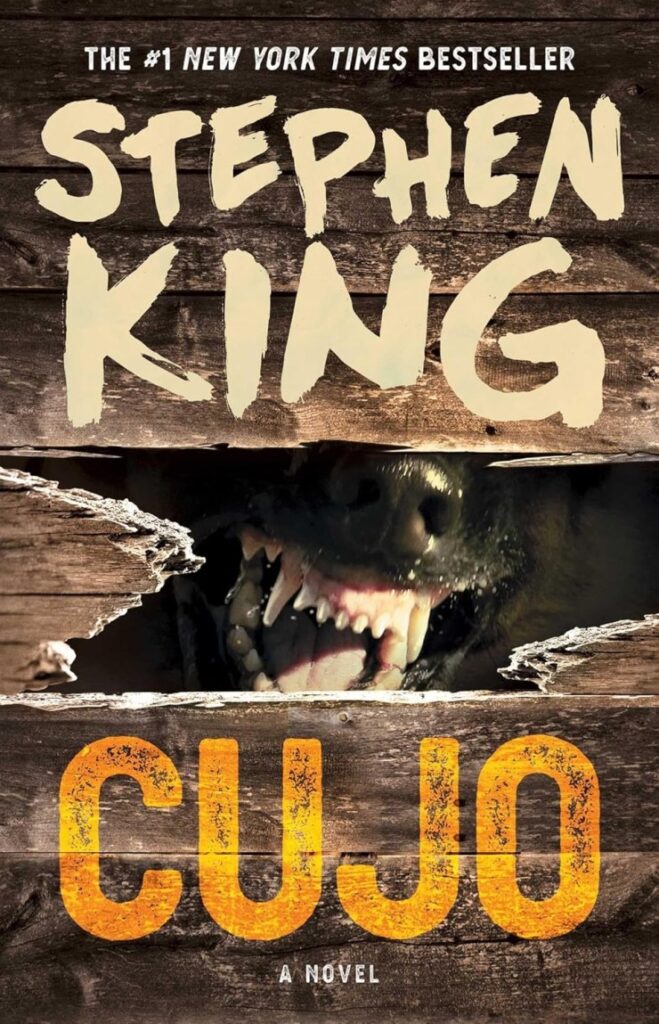Sound is everything in The Undertone. It’s a film about a horror podcaster, so it makes sense that the sound design plays an important role. It’s more than that, though; more so than any other recent horror film, The Undertone lives and dies on how sound and silence is used.
And it is used incredibly well.
The film follows Evy Babic (Nina Kiri), a horror podcaster who has moved home to care for her dying mother (Michèle Duquet). Mama is very near death: she hasn’t eaten or drunk anything for several days and a nurse clarifies to Evy to keep an ear out for the “death rattle” that will signal her mother’s impending death.
In between changing soiled sheets and talking to her mother, Evy hops on mic to chat with Justin (voiced by Kris Holden-Ried, who never appears onscreen), her co-host on All Things Creepy. Justin is the believer and Evy is the skeptic, though repeated references to “getting into character” suggests that these may simply be roles they have adopted for entertainment purposes.
The plot kicks in when Justin reveals that the pod was anonymously emailed ten mysterious audio files. Large chunks of the film are made up of the audio from these files, which document the domestic drama of couple Jemma (voiced by Keana Lyn Bastidas) and Mike (voiced by Jeff Yung), who appear to be the victims of a supernatural event. It begins with Jemma talking in her sleep and sleepwalking, but quickly escalates with each successive audio file.
What makes The Undertone unique is how focused the film is on sound. The entire movie takes place in Evy’s mother’s house and Kiri is usually acting by herself (98% of Duquet’s role involves laying in bed and wheezing). As a result, writer/director Ian Tuason‘s film is primarily made up of a single character listening attentively and reacting to sounds, including the tapes, Justin’s verbal commentary, and the sounds of the empty house around Evy whenever she removes her noise-cancelling headphones.
It shouldn’t work, but Ian Tuason, along with sound designer David Gertsman, cinematographer Graham Beasley and Kiri, have created the film equivalent of an immersive aural horror experience. As Evy and Justin listen to the tapes, they discover anomalies in the audio, including sound cues that point them to the horrific history of children’s nursery rhymes, as well as a demon named Abyzou.

One of the film’s creepiest recurring elements is the creepy use of Baa Baa Black Sheep, which is played backwards and at various unsettling speeds. A key feature of the film is that Jemma and Mike’s audio files aren’t always clear, which requires Evy to frequently pause and restart sections, or crank the volume, or isolate a portion of the audio track and play it on a repetitive loop. Tuason shoots this in close-up inserts, as if to remind us that the audio is literally the most important element.
The result is both hypnotic and engrossing; these long stretches of Evy struggling to decipher what she’s hearing are so well done that audiences may find themselves empathetically leaning in and straining alongside her.
The result is an immediate and undeniable alignment with Evy. We’re along for every desperate web search; every creak from the floorboards above; every hair-raising development as Evy and Justin close in on the end of the ten audio files and inevitable doom. By the time the film reaches its sonically-oriented climax and all hell breaks loose, viewers have been primed to listen attentively to every aspects of the soundtrack – from the cheerily warped children’s voices all the way to the demonic voices.
That such a simple concept works as well as it does is a minor miracle. There’s nowhere for Tuason to hide if any element of the film were off balance: the entire enterprise rests on Kiri, the sound, and the slow, methodical movement of the camera, which slowly and frequently pans to fill the screen with negative space that anticipates something terrifying. Occasionally something is there (a tease of a specter in the mirror; a head turn from Mama), but just as often nothing happens. As a result even the simplest motion feels like it could erupt into a full-blown panic attack.
All of this anticipation comes down to the resolution, which incorporates all of the movie’s bag of tricks to stunning effect including an extended black-out sequence that relies entirely on the audio to produce spin-tingling thrills. While some may find the ending slightly disappointing, there’s no denying the film’s visceral impact right up until the final frame. I can’t remember the last time a movie made every hair on my body stand up, but The Undertone got me good.

The Undertone had its world premiere at Fantasia International Film Festival. Release info TBD.
The post ‘The Undertone’ Review – A Near Perfect Aural Horror Experience [Fantasia 2025] appeared first on Bloody Disgusting!.


